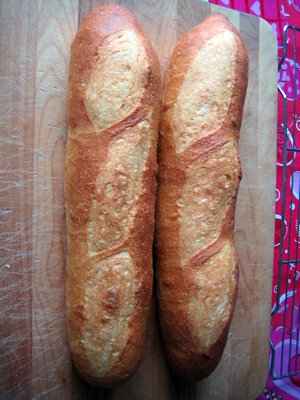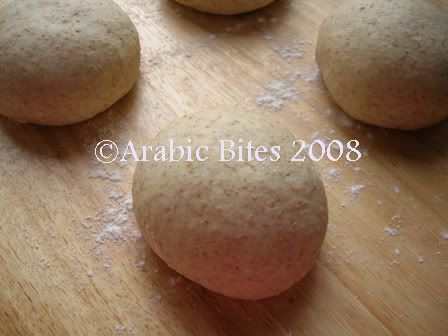Flour Milling Lab Results
In order to fine tune my milling and sifting process, I ran a series of tests at different mill coarseness settings to see which setting might result in the best separation of bran from endosperm. I then ran a successive reduction multi-pass milling and sifting process at what appeared to be the best first pass settings and sent samples of all these tests to CII Labs to see what some of the ash content, protein content, and dough rheology might be.
- Log in or register to post comments
- 12 comments
- View post
- bwraith's Blog
 K.A. Rustic Country Boule-1
K.A. Rustic Country Boule-1 K.A. Rustic Country Boule-2: Interior
K.A. Rustic Country Boule-2: Interior


